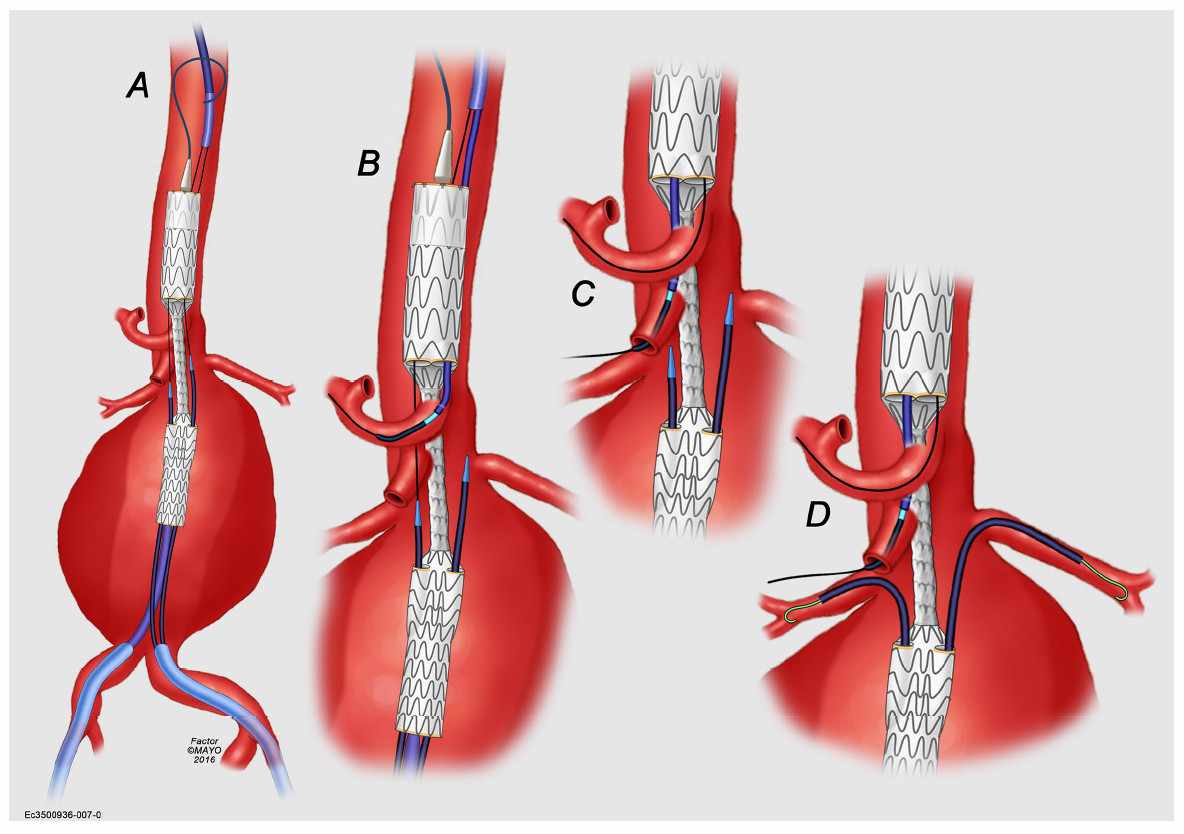 Each year, around the world, 175,000 deaths are attributed to aortic aneurysms. The aorta, the largest blood vessel in the body, carries blood directly from the heart. A variety of factors may cause the aorta to dilate like an overstretched balloon. If it should burst, it’s possible for a person to bleed to death internally in a matter of minutes.
Each year, around the world, 175,000 deaths are attributed to aortic aneurysms. The aorta, the largest blood vessel in the body, carries blood directly from the heart. A variety of factors may cause the aorta to dilate like an overstretched balloon. If it should burst, it’s possible for a person to bleed to death internally in a matter of minutes. Because aneurysms may be present without symptoms, most are discovered incidentally, while doctors are treating other conditions. In the case of one Minnesota man, his aneurysm was found during a pre-operative exam for carpal tunnel surgery. His achy wrist was not the only thing that may have saved his life. He was the first person in the U.S. to be treated with a new kind of stent that Mayo Clinic vascular surgeon Dr. Gustavo Oderich and his team are helping to develop for just such conditions. Here's Dennis Douda with the story of a very lucky man.
Because aneurysms may be present without symptoms, most are discovered incidentally, while doctors are treating other conditions. In the case of one Minnesota man, his aneurysm was found during a pre-operative exam for carpal tunnel surgery. His achy wrist was not the only thing that may have saved his life. He was the first person in the U.S. to be treated with a new kind of stent that Mayo Clinic vascular surgeon Dr. Gustavo Oderich and his team are helping to develop for just such conditions. Here's Dennis Douda with the story of a very lucky man.
Watch: A Very Close Call for Mr. Hall: Aortic Aneurysm
Journalists: A broadcast-quality video pkg (5:41) is in the downloads. Read the script.







